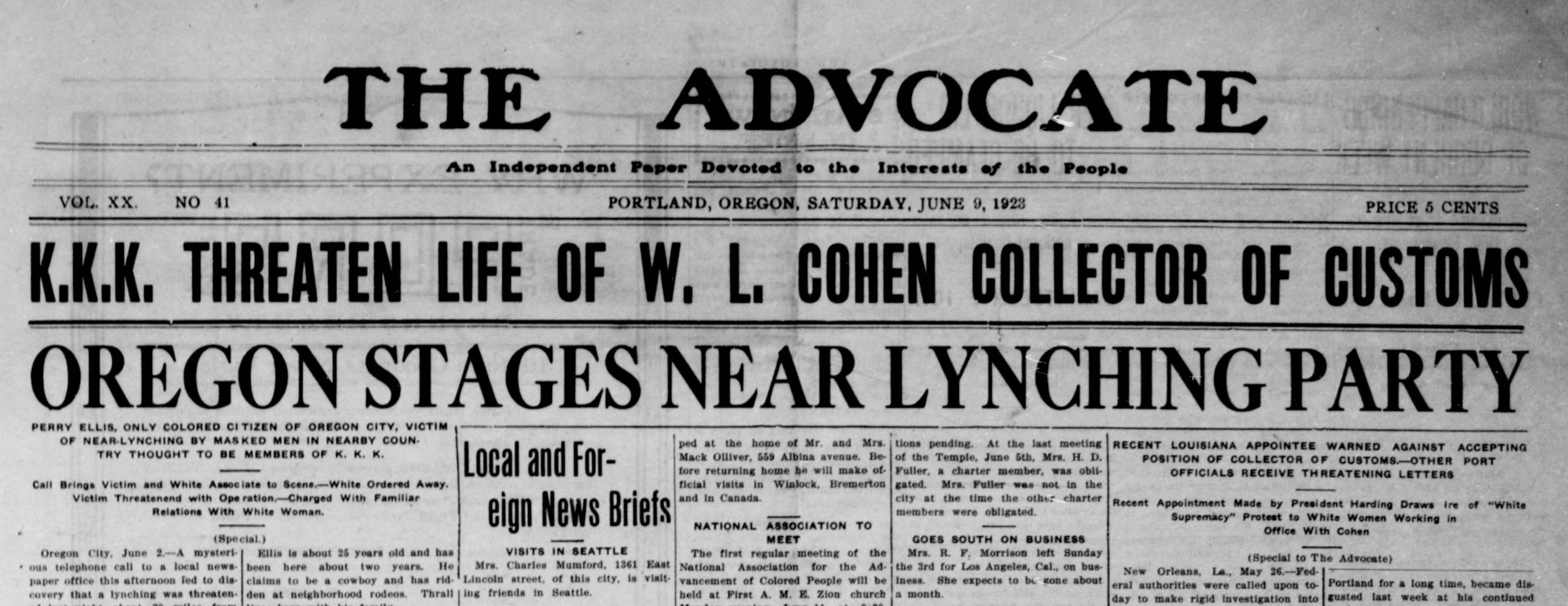The Facts About News Articles Uncovered
The Facts About News Articles Uncovered
Blog Article
How News Articles can Save You Time, Stress, and Money.
Table of ContentsNews Articles Can Be Fun For EveryoneGetting The News Articles To WorkNews Articles Fundamentals ExplainedSome Known Incorrect Statements About News Articles Some Of News Articles
Great understanding of various topics offers pupils an one-upmanship over their peers. Although electronic and social media are conveniently available, we should not neglect just how essential it is to read the papers. Moms and dads should try and instill the habit of checking out a paper as a daily regimen to proceed the heritage of the revered print medium.Information stories likewise consist of at least one of the complying with essential attributes loved one to the intended audience: proximity, prominence, timeliness, human passion, oddity, or effect.
Within these limitations, information tales additionally intend to be thorough. Various other variables are included, some stylistic and some acquired from the media kind. Among the larger and a lot more recognized papers, justness and balance is a significant factor in providing details. Commentary is usually constrained to a separate section, though each paper may have a various total slant.
Newspapers with an international audience, as an example, often tend to use an extra formal style of creating. The certain options made by a news outlet's editor or content board are typically accumulated in a design overview; common style guides include the and the United States Information Style Book. The primary goals of information writing can be summed up by the ABCs of journalism: accuracy, brevity, and clarity.
The Main Principles Of News Articles
As a rule, journalists will not use a lengthy word when a brief one will certainly do. News authors attempt to stay clear of making use of the very same word extra than when in a paragraph (sometimes called an "resemble" or "word mirror").
Nevertheless, headings sometimes leave out the subject (e.g., "Jumps From Watercraft, Catches in Wheel") or verb (e.g., "Pet cat lady fortunate"). A subhead (likewise subhed, sub-headline, subheading, caption, deck or dek) can be either a subordinate title under the major headline, or the heading of a subsection of the write-up. It is a heading that comes before the major message, or a team of paragraphs of the main text.

Extra billboards of any of these types may appear later on in the post (particularly on subsequent pages) to entice additional reading. Such signboards are additionally made use of as pointers to the short article in other areas of the magazine or website, or as ads for the item in various other magazine or sites. Regular structure with title, lead paragraph (summary in bold), various other paragraphs (information) and get in touch with details.

Example of a hard-lead paragraph NASA is suggesting another space job. The budget requests approximately $10 billion for the task.
The NASA statement came as the agency asked for $10 billion of appropriations for discover this the task. An "off-lead" is the 2nd essential front page information of the day. The off-lead shows up either in the top left corner, or directly below the lead on the right. To "bury the lead" is to start the short article with background info or information of second value to the viewers, requiring them to find out more deeply right into a write-up than they ought to need to in order to uncover the vital factors.
Unknown Facts About News Articles
Typical use is that a person or 2 sentences each create their very own paragraph. Journalists normally define the organization or framework of a newspaper article as an upside down pyramid. The necessary and most interesting components of a story are put at the beginning, with sustaining info complying with in order of diminishing relevance.
It enables people to check out a subject to only the deepness that their interest takes them, and without the charge of information or nuances that they can think about irrelevant, but still making that details available to extra interested viewers. The upside down pyramid structure likewise enables write-ups to be trimmed to any type of arbitrary size throughout layout, to suit the room readily available.
Some writers begin their stories with the "1-2-3 lead", yet there are numerous sort of lead readily available. This layout usually starts with a "5 Ws" opening up paragraph (as described over), complied with by an indirect quote that offers to sustain a significant aspect of the first paragraph, and afterwards a straight quote to support the indirect quote. [] A twist can refer to several things: The last story current broadcast; a "happy" story to end the program.
Longer write-ups, such as publication cover write-ups and the pieces that lead the within sections of a newspaper, are understood as. Function tales vary from straight news in several ways.
3 Simple Techniques For News Articles
A feature's initial paragraphs frequently associate an appealing moment or event, as in Related Site an "unscientific lead". From the particulars of a person or episode, its sight quickly widens to generalizations about the story's subject.

The Editor's Tool kit: A Recommendation Guide for Beginners and Professionals (2001) Allan M. Siegal and William G. Connolly. The New York Times Guidebook of Style and Use: The Authorities Style Guide Made Use Of by the Writers and Editors of the World's Most Reliable Newspaper (2002) M. L. Stein, Susan Paterno, and R.
Report this page